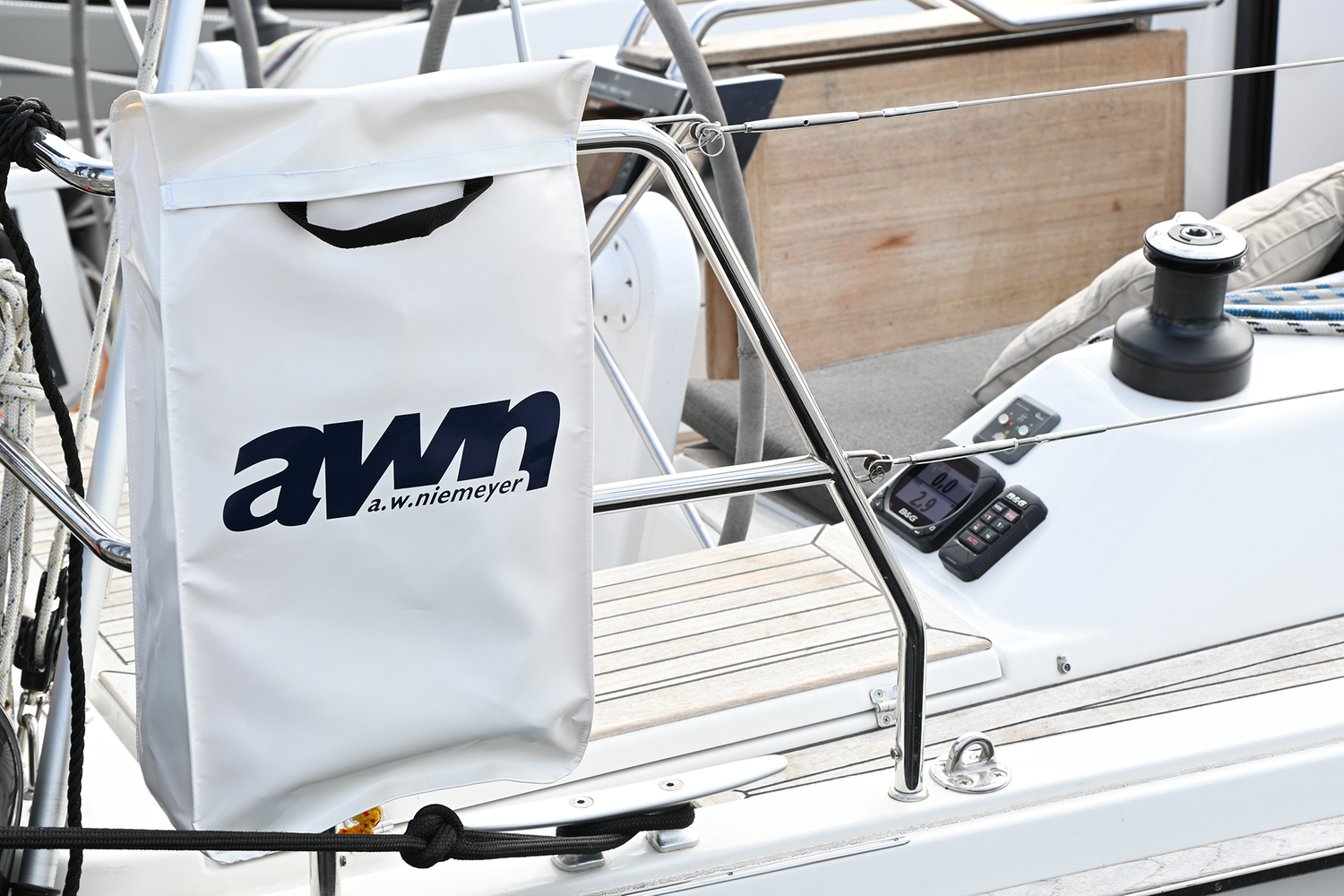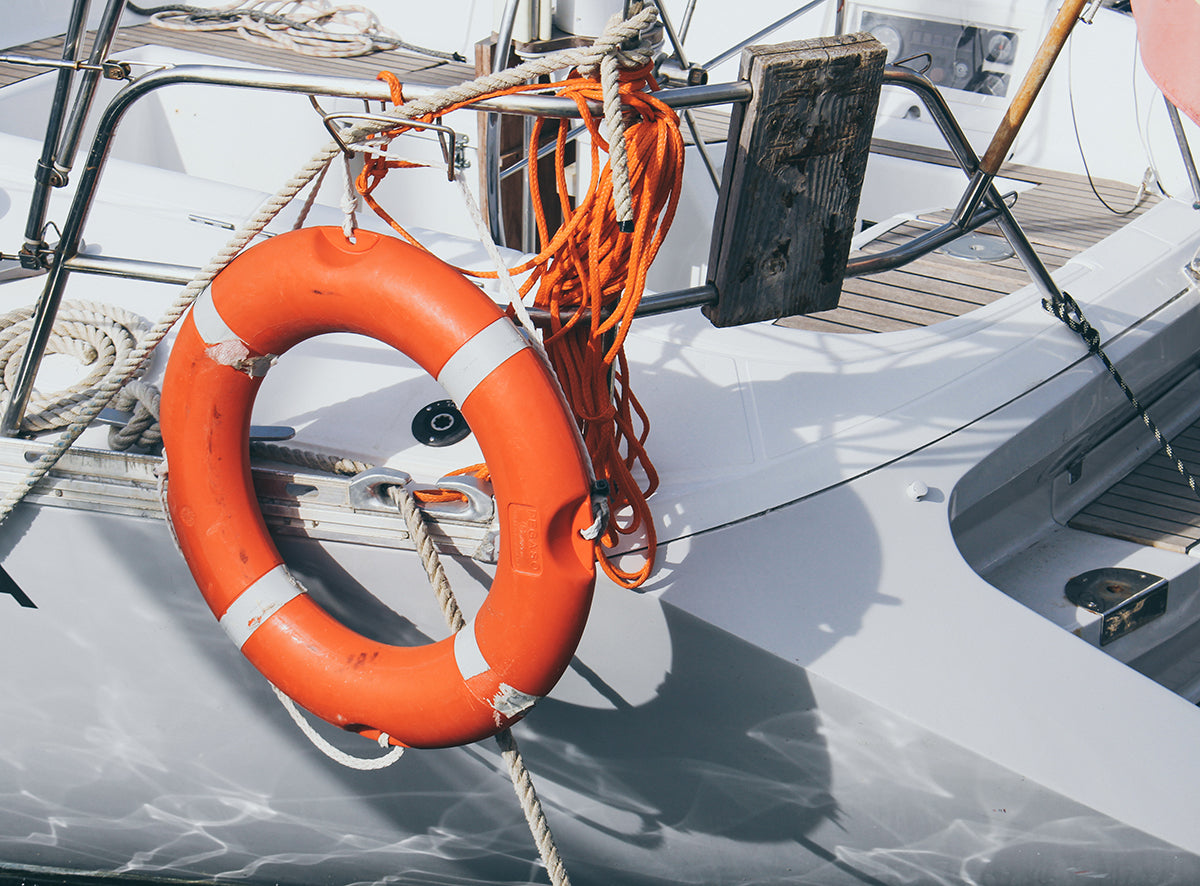Safety on board
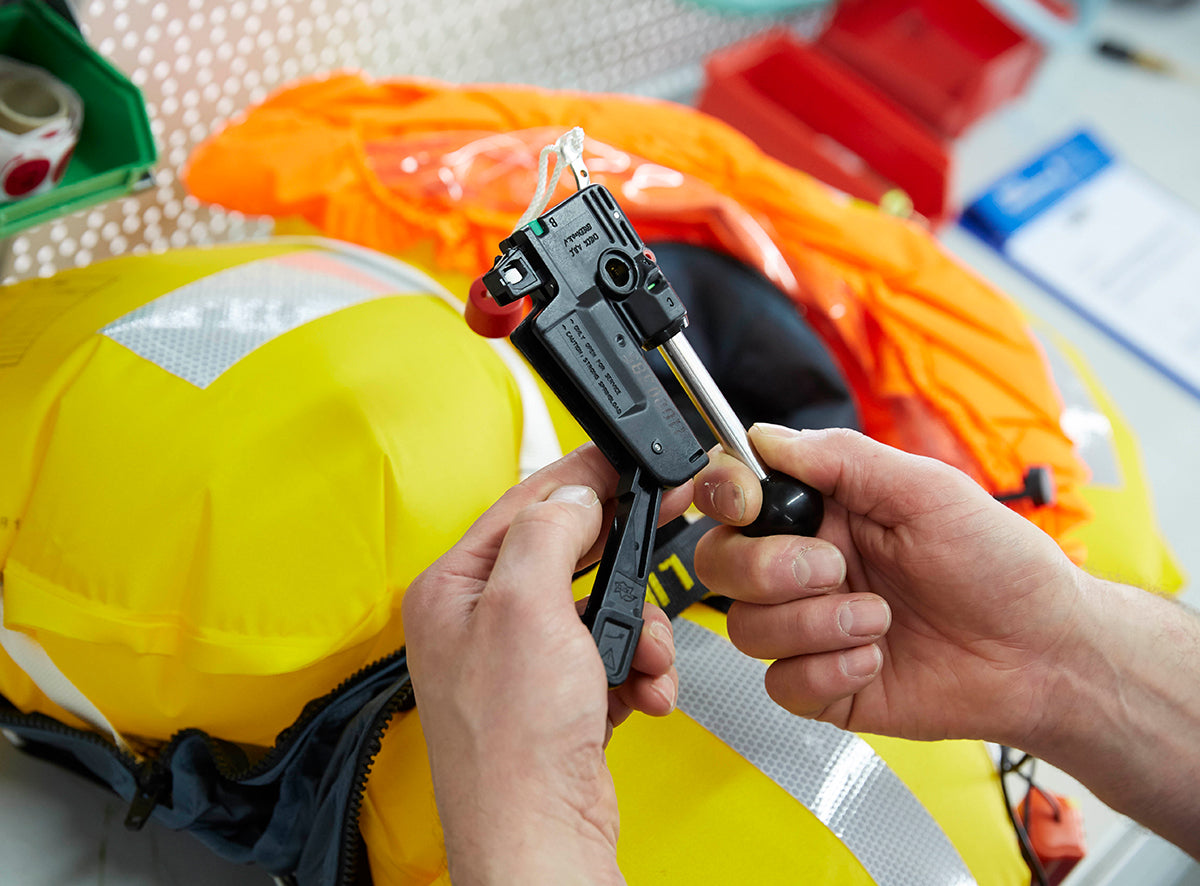
1. Check your life jackets
At the beginning of the season there is a lot to consider. No one would want to find themself in an emergency. But in case it happens anyways, it is important to rely on the safety systems on board.
First of all, one should check their life jackets. They possibly have to be maintained or they have mechanical defects - this should be checked by every skipper at season start to ensure the safety of their team.
2. Check your safety systems on board
Before you set sail for the first time, you should check the following things to avoid nasty surprises:
- Check rescue loop/lifebuoy
- Check hull for damage
- Check the lines
- Is everything rolled up correctly and - very important - is the end of the line connected to the ship?
- Is the float intact or weathered?
3. Check lifelines
- Remove twists and small knots
- Inspect carefully for material breaks or chafing
- Test mobility and closure of the sticker
- Check that the guide is firmly seated
- Tighten the screws on the rail wire
4. Inspection of the pyrotechnic life-saving appliances
Check the expiry date of the pyrotechnical rescue devices, otherwise the function cannot be guaranteed. In the worst case z. For example, a signal rocket cannot be triggered at all. Or it could be that the signal shoots up but the parachute doesn't deploy. As a result, the signal would fall too quickly and the light would be too short for potential rescuers to see. For best visibility, flares should burn for about 40 seconds and fly about 350 meters high.
Tip: In an emergency at sea, always use two rescue signals in rapid succession. Then pause for a few minutes and again fire two signals in quick succession.
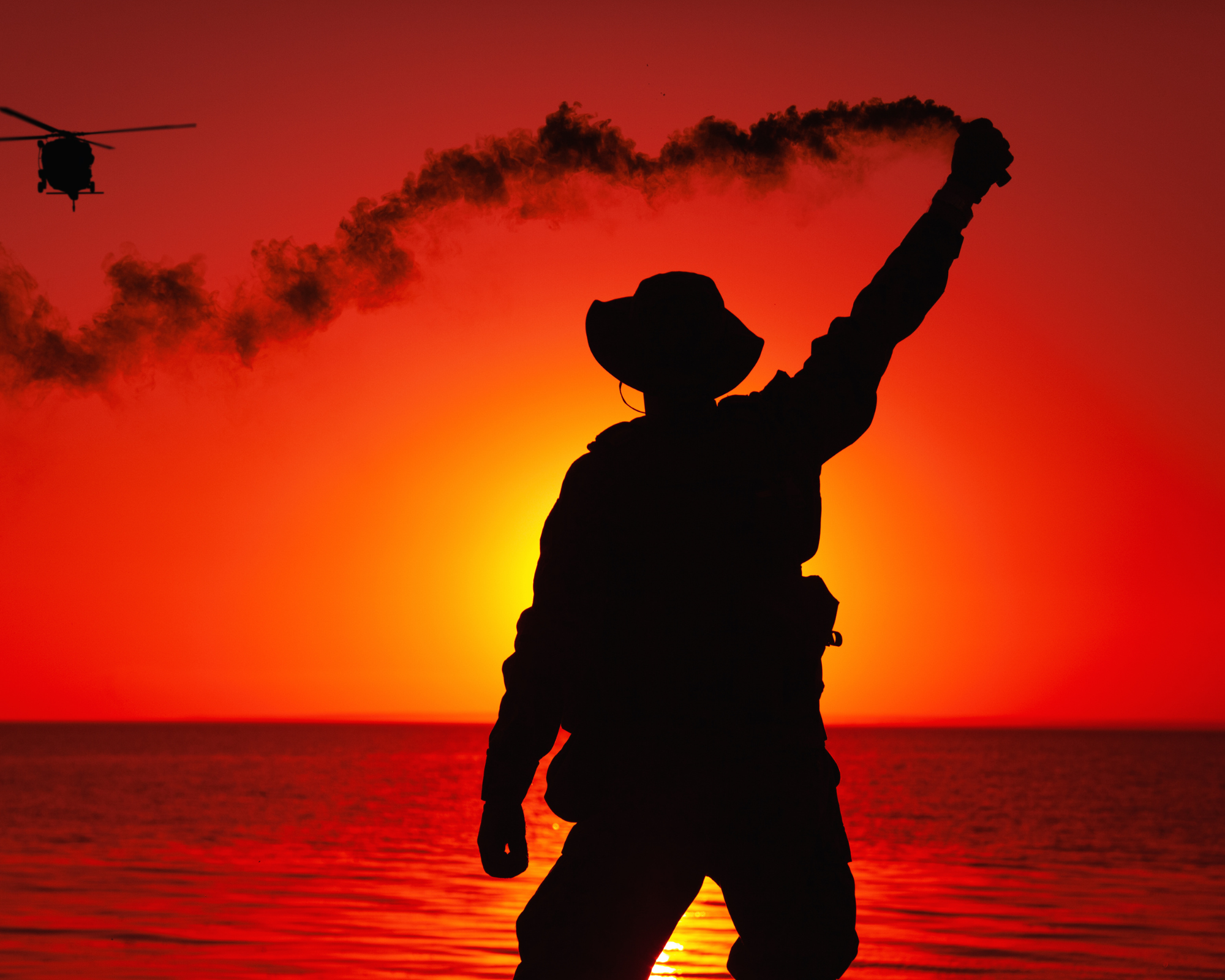
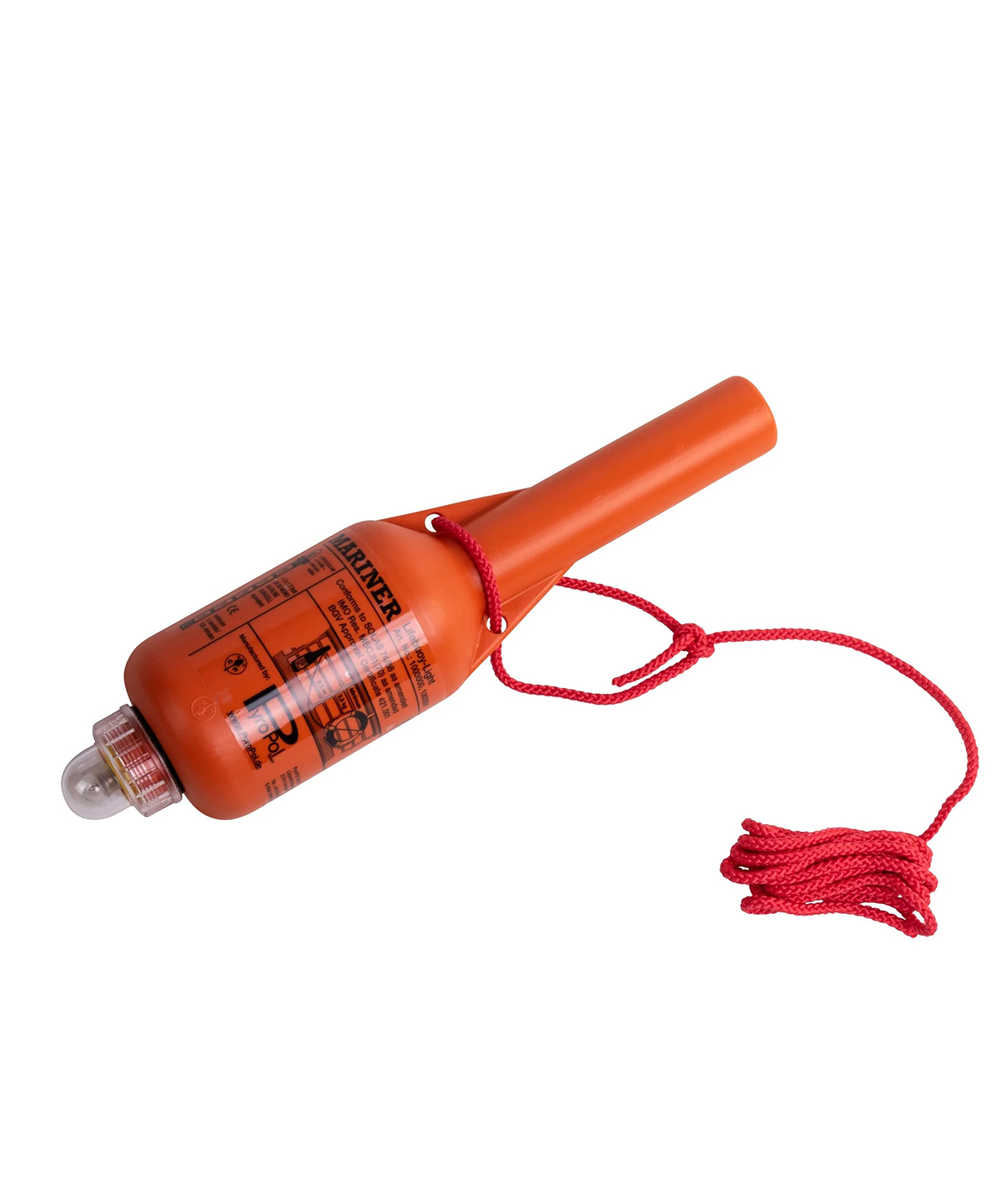
5. Inspecting electronic safety appliances

